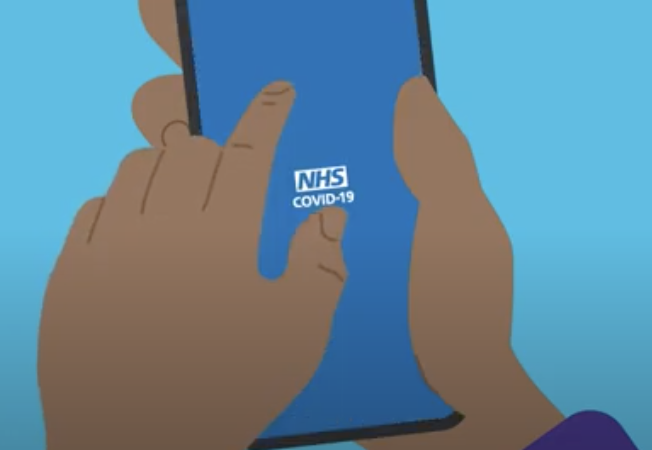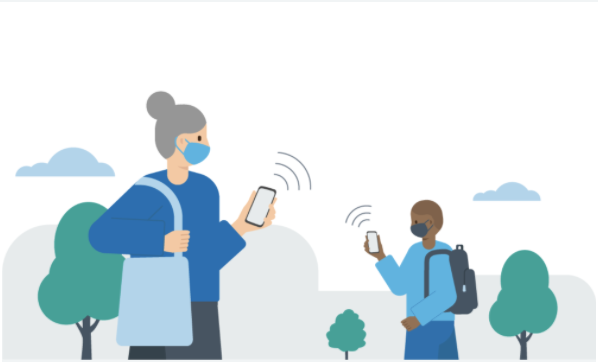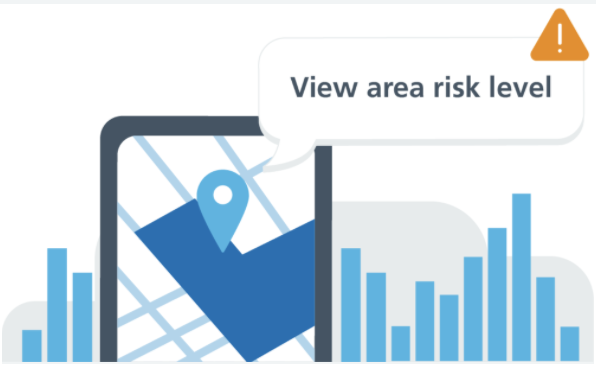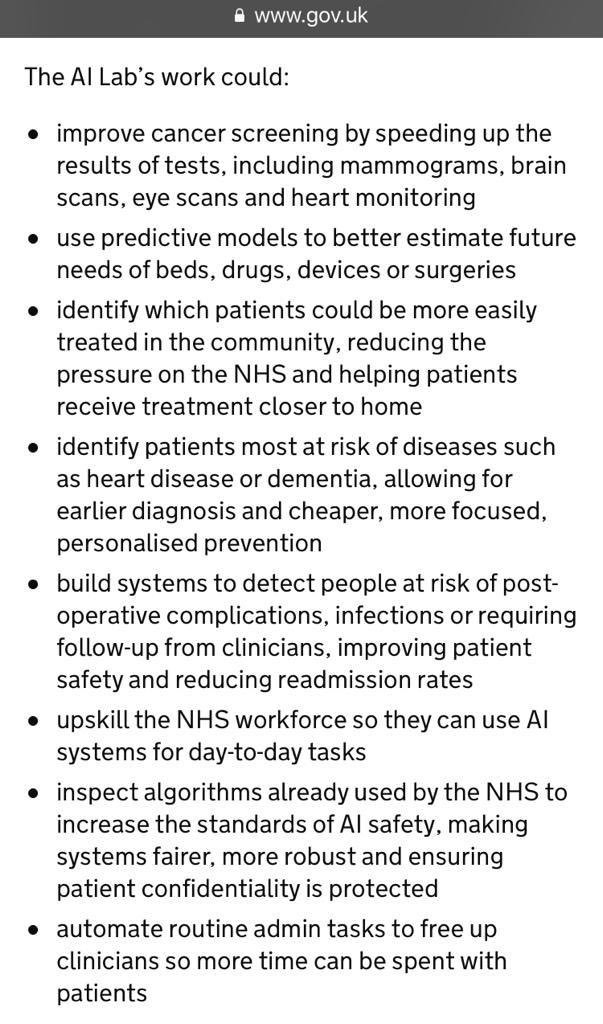Today’s @NHSHackDay was our ecosystem at its best: clinicians, entrepreneurs, carers, patients, and developers all setting themselves a user need and building a prototype to fix it.
And it was a great honour (and great fun) to judge with @wendyclar and @GillianLeng.
#nhshd 1/
And it was a great honour (and great fun) to judge with @wendyclar and @GillianLeng.
#nhshd 1/
1st prize: Porteroo
Rather than porters rushing round to get/deliver routine collections of blood & specimens, this team created a sign for each collection pt, with a “if urgent, scan this QR-code” to send the specific specimen into the urgent queue.
#nhshd 2/
Rather than porters rushing round to get/deliver routine collections of blood & specimens, this team created a sign for each collection pt, with a “if urgent, scan this QR-code” to send the specific specimen into the urgent queue.
#nhshd 2/
They built the back-end on a vehicle-delivery-problem algorithm, to create efficient routes & direct the most appropriate porter to collect an urgent specimen—and an app to show each porter where they were needed next.
Elegant work w clear user need + clinical benefit
#nhshd 3/
Elegant work w clear user need + clinical benefit
#nhshd 3/
2nd Prize: Alexa skills on NHS data
This team created Alexa skills so a patient could ask their Amazon Alexa qs like “What is the wait time at Bryn Beryl Hospital?”, “How much would a prescription cost me?”, and “What is car parking like at Addenbrooke’s hospital?”
#nhshd 4/
This team created Alexa skills so a patient could ask their Amazon Alexa qs like “What is the wait time at Bryn Beryl Hospital?”, “How much would a prescription cost me?”, and “What is car parking like at Addenbrooke’s hospital?”
#nhshd 4/
They used lot of data sources, actually built an API during the weekend for their Welsh data (done by remote participant, but still), created something with practical use for patients, & provided us with a great case for value of exposing operational data through APIs
#nhshd 5/
#nhshd 5/
3rd prize: Consent reimagined
They created an app to let patient & clinician build a customised consent form, so patient can understand risk in and agree to a procedure.
The app had interfaces for clinician to customise the content for patient, and for —
#nhshd 6/
They created an app to let patient & clinician build a customised consent form, so patient can understand risk in and agree to a procedure.
The app had interfaces for clinician to customise the content for patient, and for —
#nhshd 6/
— patient to review it… including with a video from the clinician that the patient could examine at home.
The app then produced a PDF that could be emailed to patient or clinician, and they aimed to remove thousands of kilogrammes of paper from the system.
#nhshd 7/
The app then produced a PDF that could be emailed to patient or clinician, and they aimed to remove thousands of kilogrammes of paper from the system.
#nhshd 7/
Honourable mention: NHS Top Trumps
This dynamically generates top trumps cards for child & adolescent mental health statistics from each local authority.
The team used python for data wrangling & to create the cards, transformed the data into CSV to work with it—
#nhshd 8/
This dynamically generates top trumps cards for child & adolescent mental health statistics from each local authority.
The team used python for data wrangling & to create the cards, transformed the data into CSV to work with it—
#nhshd 8/
—and created SVG from KML files to make a map at the top of each card, for the locality.
We were impressed w the amt of work they did in 2 days & their ability to communicate complicated info (how each area’s CAMHS services compares to others) in a fun & engaging way.
#nhshd 9/
We were impressed w the amt of work they did in 2 days & their ability to communicate complicated info (how each area’s CAMHS services compares to others) in a fun & engaging way.
#nhshd 9/
There were loads of other amazing innovations — see @amcunningham’s thread for more — and it was tricky indeed to pick winners.
Thanks to the organisers and volunteers, and to all those who hacked. Your creativity & skills are inspiring!
#nhshd 10/10
Thanks to the organisers and volunteers, and to all those who hacked. Your creativity & skills are inspiring!
https://twitter.com/amcunningham/status/1140260511268921344
#nhshd 10/10
• • •
Missing some Tweet in this thread? You can try to
force a refresh








